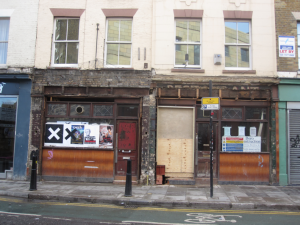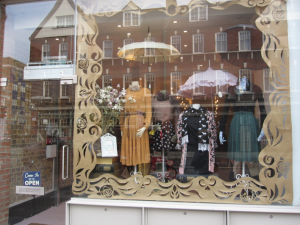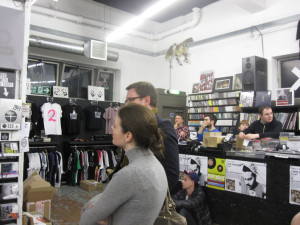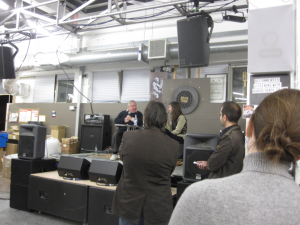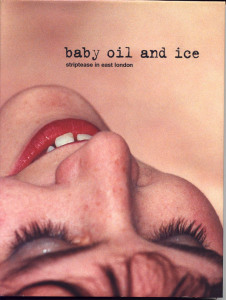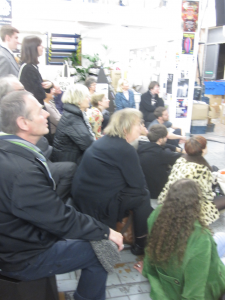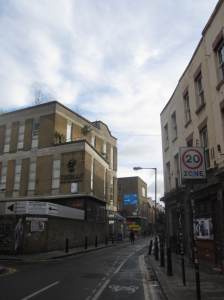Open Cities 28 Limits to Openness
Does Urban change mean displacement?
Cities are constantly changing and this is understood as a sign of their dynamic, their ability to generate wealth and wellbeing. Arguably, open cities are those where the highest benefits of change are reaching the largest amount of people, throughout social class, economic status, gender, ethnicity or faith. Urban regeneration forms a visible part of this process. Conventional wisdom claims that it adds value to run down areas, rescues historic heritage, improves infrastructure, provides premises for new jobs and new lifestyles. However, stories abound on displaced people losing their homes and their jobs, while the mainstream narrative focuses on the reborn city, its vibrancy, its attractiveness to tourism and inward investment. What do these urban changes really do to diversity and openness?
New people, new values?
Let’s take London’s East End, the part where the skyscrapers of the financial city are advancing fast, its young affluent workers are colonising sweatshops converted into lofts and planners are accommodating their need to be entertained. Only thus goes the official view will these footloose high flyers stay put in the money producing mill, making the city rich and competitive. Poll dancing bars belong to their staple entertainment in America. So why should it not form part of their staple diet in Britain when it is readily available on the doorstep of the global financial square mile, albeit in a local variety. So who should want to eradicate striptease from its 200 years’ roots on the fringe of the City? The official story is that it offends ‘hard working’ middle class families who are moving into the East End as the latest wave of newcomers, overtaking the last wave of Muslim immigrants. According to this view, innocent fun in premises licensed for adult pursuits needs to be eradicated to sanitise this new paradise for successful climbers.
View from within
The story from within and from below projects another picture. Those who make a living in this long established trade give a rather different picture of those who patronise it and what it contributes to an open city. In dim-lit pub backrooms, proverbial dirty raincoats mingle with suits from the city, Muslims, even women, people from all walks of life. Licensed and regulated, this trade which provides a living for many locals is safe and secure. Underground where it would undoubtedly be pushed if the bigots got their way, it would become dangerous. Where in the world are cities without such a trade? It is reasonable to assume that this activity forms part of the diversity of a city. Not overtly discussed it may arguably contribute to an open city.
Those involved in these activities are aware that innovation is needed to keep their trade attractive, just like any other successful business. Lara Clinton is one such innovator. She had invented braggart events, some art form of striptease.
At the launch of her book ‘Baby Oil and Ice’, a visual and verbal commentary on striptease, new ideas were hatched. What about striptease by men and women combined, entertaining an even more mixed public? What about events where the public itself can join the delights of exhibitionism, arriving nude and gradually ‘stripteasing’ in reverse into fanciful costumes? After all, artists are using naked bodies for their installations. Most revealing were the voices of the locals, born and bread in the area, who cannot imagine its vibrancy without this long established trade which forms parts and parcel of their experience.
This jolly debate which does not warrant an X certificate can be heard on www.spitalfieldslife.com. It may not delight some parts of this world, but it is very revealing about ‘the local community’ about which those who want to rule and change it have so many preconceived ideas. Getting rid of striptease may be one of them. In reality this may marginalise many of those already in precarious conditions, while impoverishing the rich patchwork and diversity of an open city.
Pictures Judith Ryser

